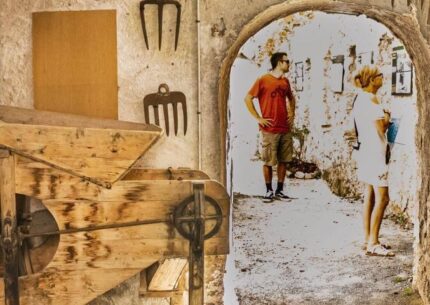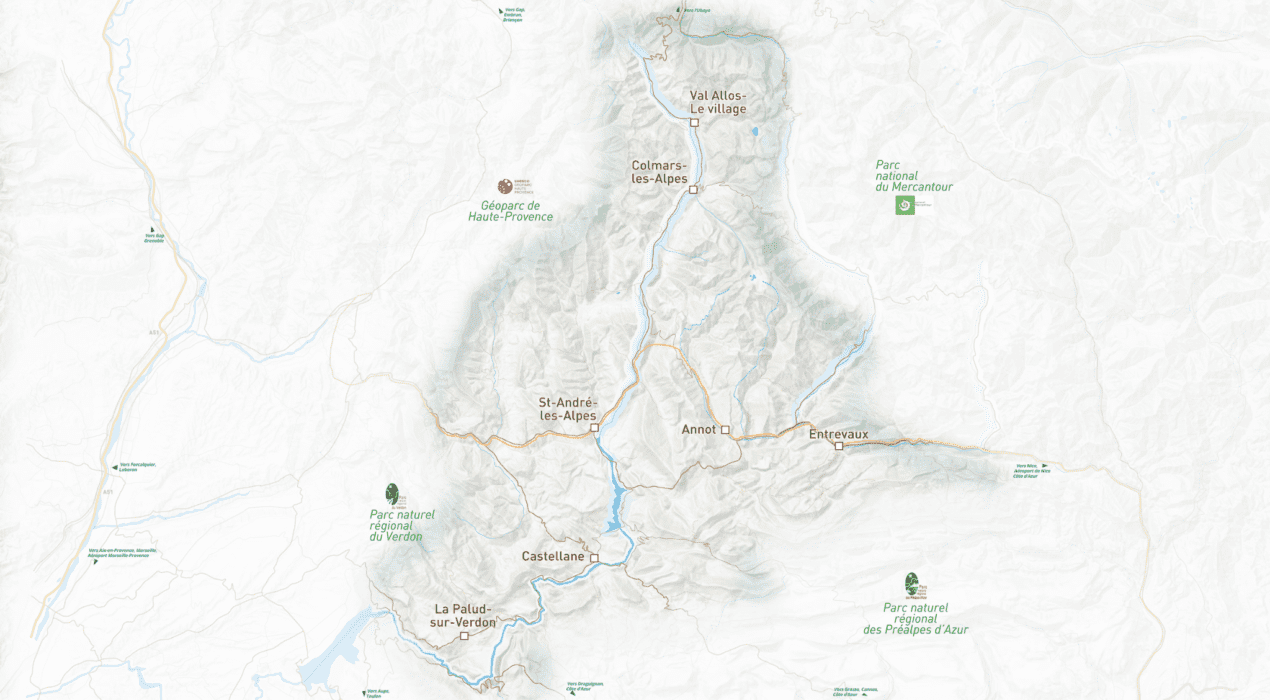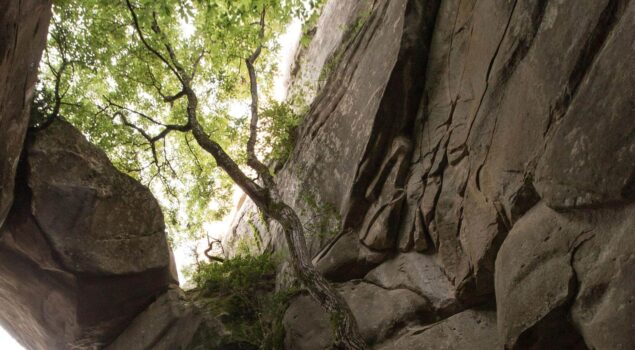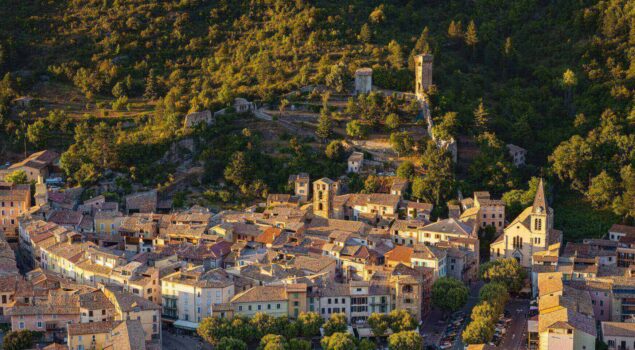Découvrir la destination
Depuis les plus hauts sommets des Alpes et du Mercantour, jusqu’aux lacs émeraudes et aux spectaculaires falaises des gorges du Verdon en passant par les champs de lavande fine de Haute-Provence, la châtaigneraie et l’oliveraie de l’arrière-pays niçois, l’accent méridional chante ici au rythme du bien vivre.
Protégée par son écrin parfois tourmenté ou abrupt, elle se dévoile tout au long de son chapelet de villages et de hameaux qui jouxte des sites aussi grandioses qu’exceptionnels… et le charme opère !
Chaque lieu a tricoté une histoire à vous raconter. Tous témoignent du respect des traditions, d’une volonté de ces montagnards provençaux de rendre hommage à la beauté qui les entoure.
Les vallées montagneuses du Verdon, de la Vaïre, du Var et de l’Asse déploient leurs grands espaces propices aux activités les plus diverses. Propices aussi à la douceur de vivre comme aux sensations extrêmes.
Ici, l’esprit de chacun a rendez-vous avec la nature, le corps avec le bien-être…
Quelle que soit la porte d’entrée que vous emprunterez pour nous rendre visite, votre voyage ensoleillé en appellera certainement d’autres.
Pour l’heure, il ne fait que commencer tant cette destination ne ressemble à aucune autre.
Plaisir, partage, découverte, sensation, tendance, insolite seront la ritournelle confortable de cette année !
Je découvre la destination découvrir avec un guide






























